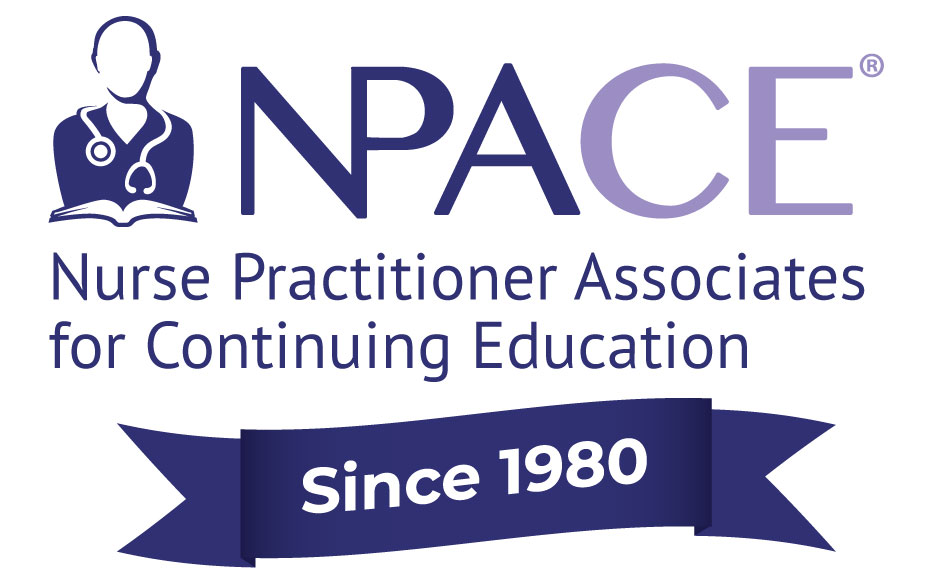
April Director Notes
The 2024 ADA Diabetes Guidelines: Critical yearly practice updates every clinician should read
By: Terri Schmitt PhD, APRN, FNP-BC, FAANP
Executive Director, NPACE
For me, diabetes has been a specialized practice area for nearly 2 decades. What started as a practice area of need in serving pediatric patients in our underserved area of the state grew into a passion that has grown to impact nearly every clinician I work with and now affects large number of my adult patients.
What clinician doesn’t have a patient in their practice with type 2 diabetes mellitus (T2DM)? Of our T2DM patients in our practice, how many of them also have comorbidities or complications? The National Diabetes Statistics Report of 2022 recognizes that over 37 million Americans have diabetes and 48% of all persons over age 65 have prediabetes.1 Diabetes is the leading cause of blindness, renal failure, and non-traumatic amputations in the U.S. Diabetic patients are more than twice as likely to experience mental health comorbidity of depression.2 The estimated cost of diabetes in 2017 was 327 billion dollars.3
Diabetes and Medication Management: Yearly, the American Diabetes Association openly publishes its Standards of Care. In recent years, the pharmacology section of this document has drastically changed due to excellent after-market research on benefits of diabetes treatments. The 2024 Standards of Care in Diabetes provide some important updates all clinicians need. Below are some key take aways that should be emphasized:
– Weight loss management is forefront of overall diabetes and glycemic management. If a patient needs weight loss, medication considerations for diabetes should include this.
– Patients with comorbidities need medications based on the comorbid conditions regardless of glycemic control. For example, in patients with early renal disease, urine albumin and creatinine ratio over 30 or eGFR changes, use an SGLT-2 inhibitor. If a patient has CAD, HF, or CKD in any form diabetes medications should help improve cardiac or renal outcomes respectively.
– In patients who meet the criteria for starting insulin, consider starting a GLP-1 RA first alone or in combination with the insulin. Avoid over-nasalization with insulin or giving more than 0.5 units/kg/day of basal or long-acting insulin.
– In all therapies, but particularly combination therapies, be mindful of hypoglycemic risk.
– Consider combination therapy earlier and possibly first to get to the treatment goal sooner.
– Monitoring, data, routine review of all medications and how the patient takes them, and early and possibly repeated diabetes education is key.
To learn more about the new standards you can read them at – https://diabetesjournals.org/care/issue/47/Supplement_1 If you learn better by listening, you can soon partake of diabetes updates through Gary Graff in our Hilton Head on-demand conference package that will be available in June of 2024.
To better help your patients with diabetes, stay well educated on diabetes every year. NPACE can help! Reach out to us if you have specific practice questions or learning needs.
References
1. Diabetes Research Institute (2022). Diabetes Statistics. Retrieved from https://diabetesresearch.org/diabetes-statistics/
2. Center for Disease Control and Prevention (2023). Diabetes and Mental Health. Retrieved from https://www.cdc.gov/diabetes/managing/mental-health.html
3. American Diabetes Association (2024). Standards of Care in Diabetes – 2024. Diabetes Care, 47 (supp 1). Retrieved from https://diabetesjournals.org/care/issue/47/Supplement_1

Terri Schmitt PhD, APRN, FNP-BC, FAANP,
Executive Director, NPACE
https://www.npace.org/
